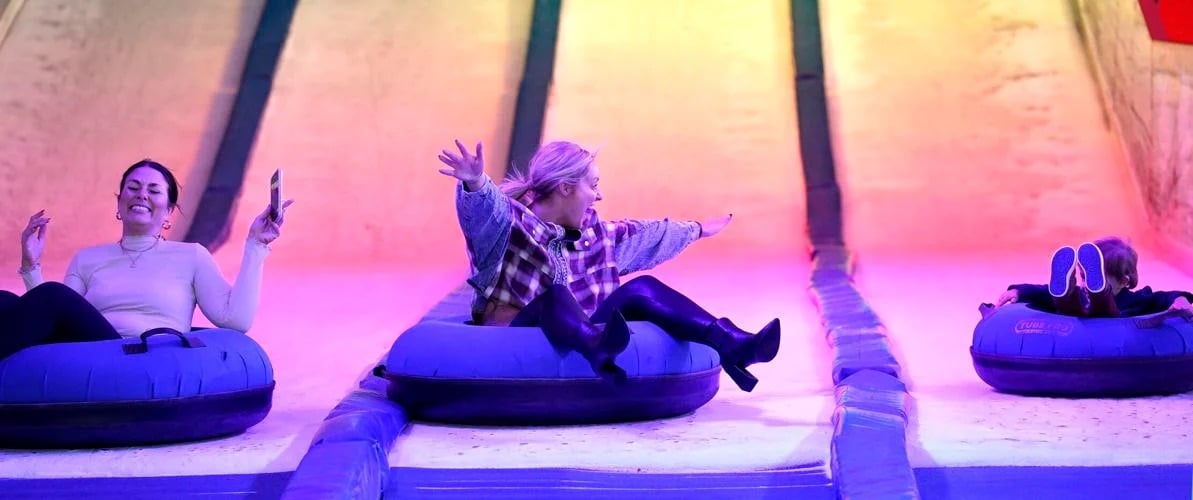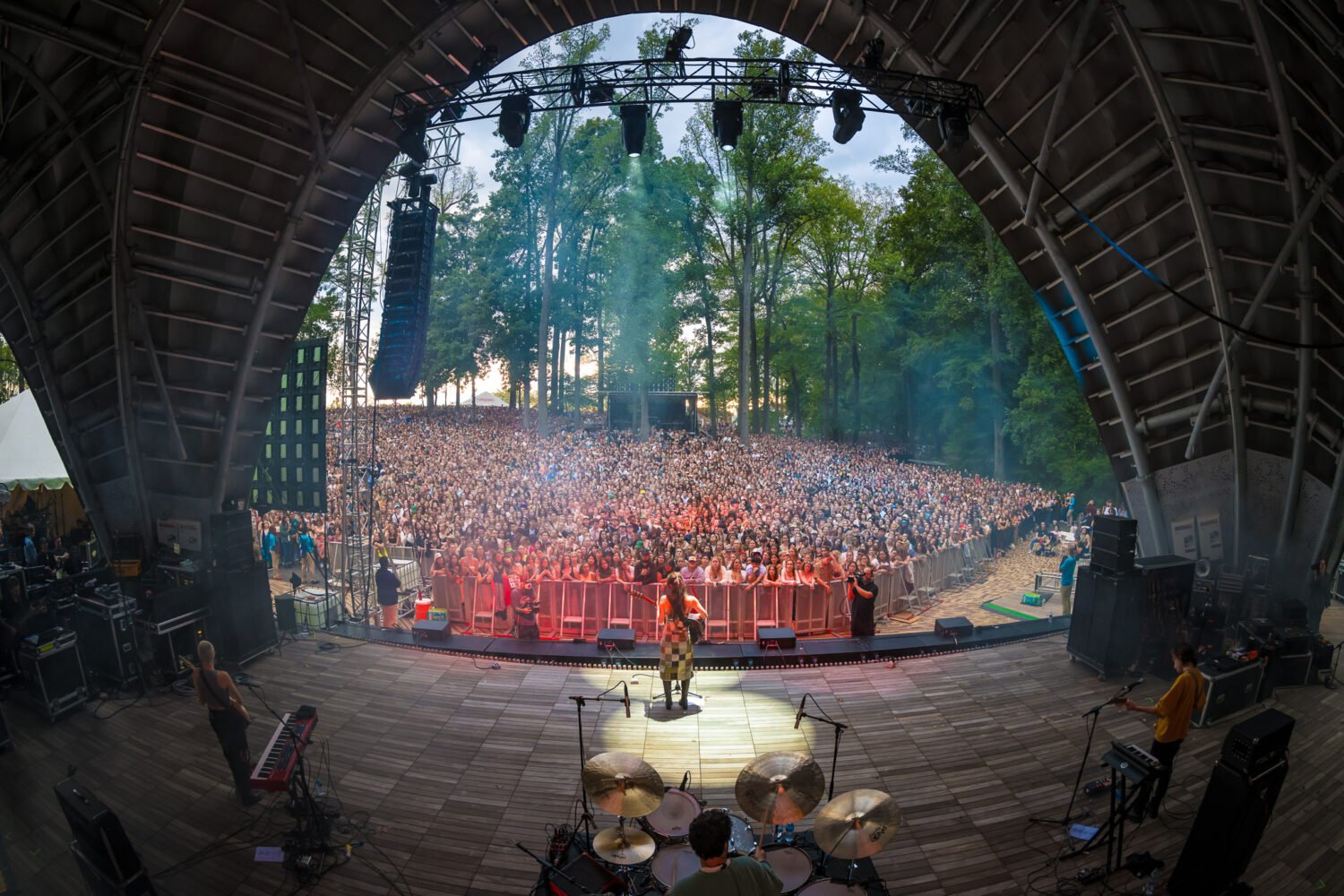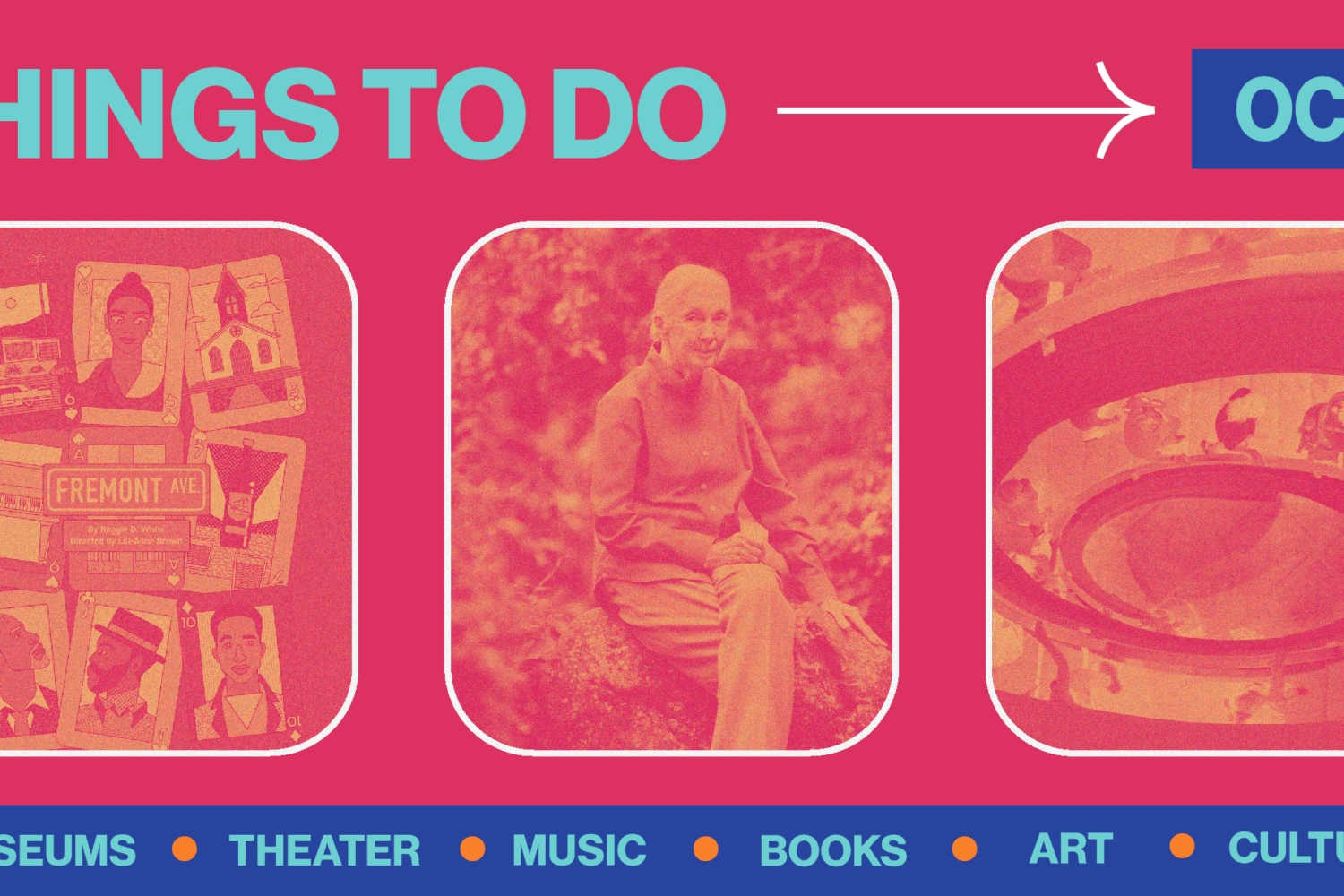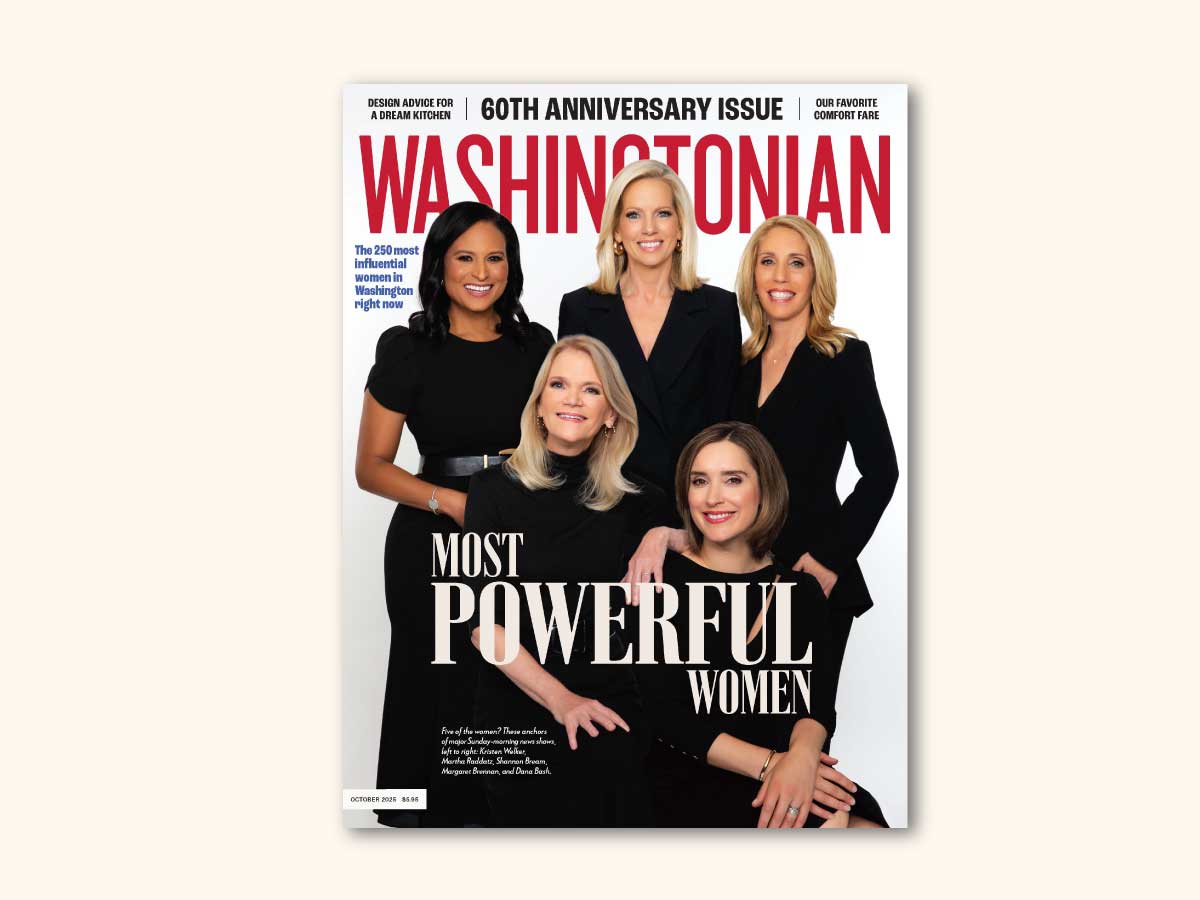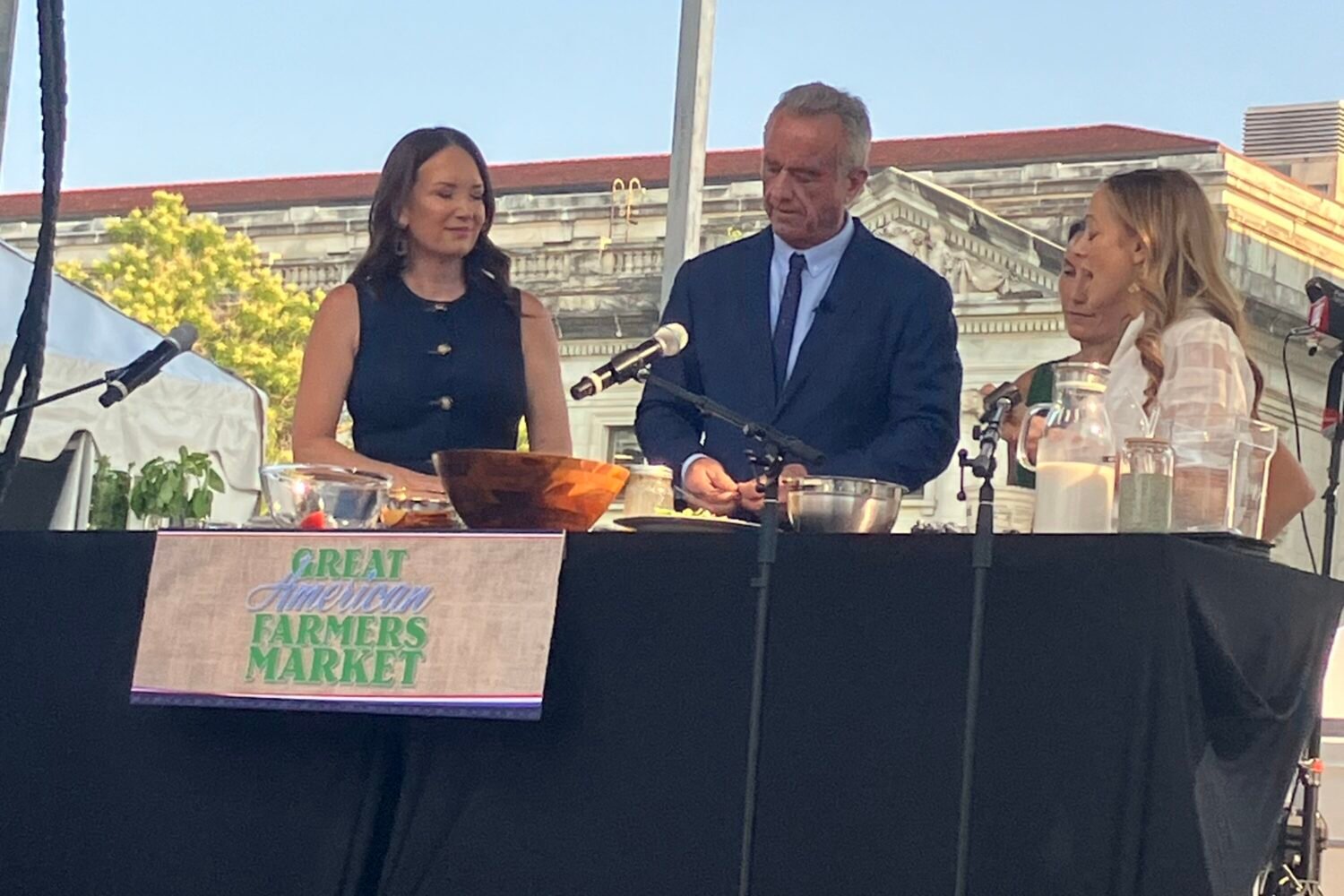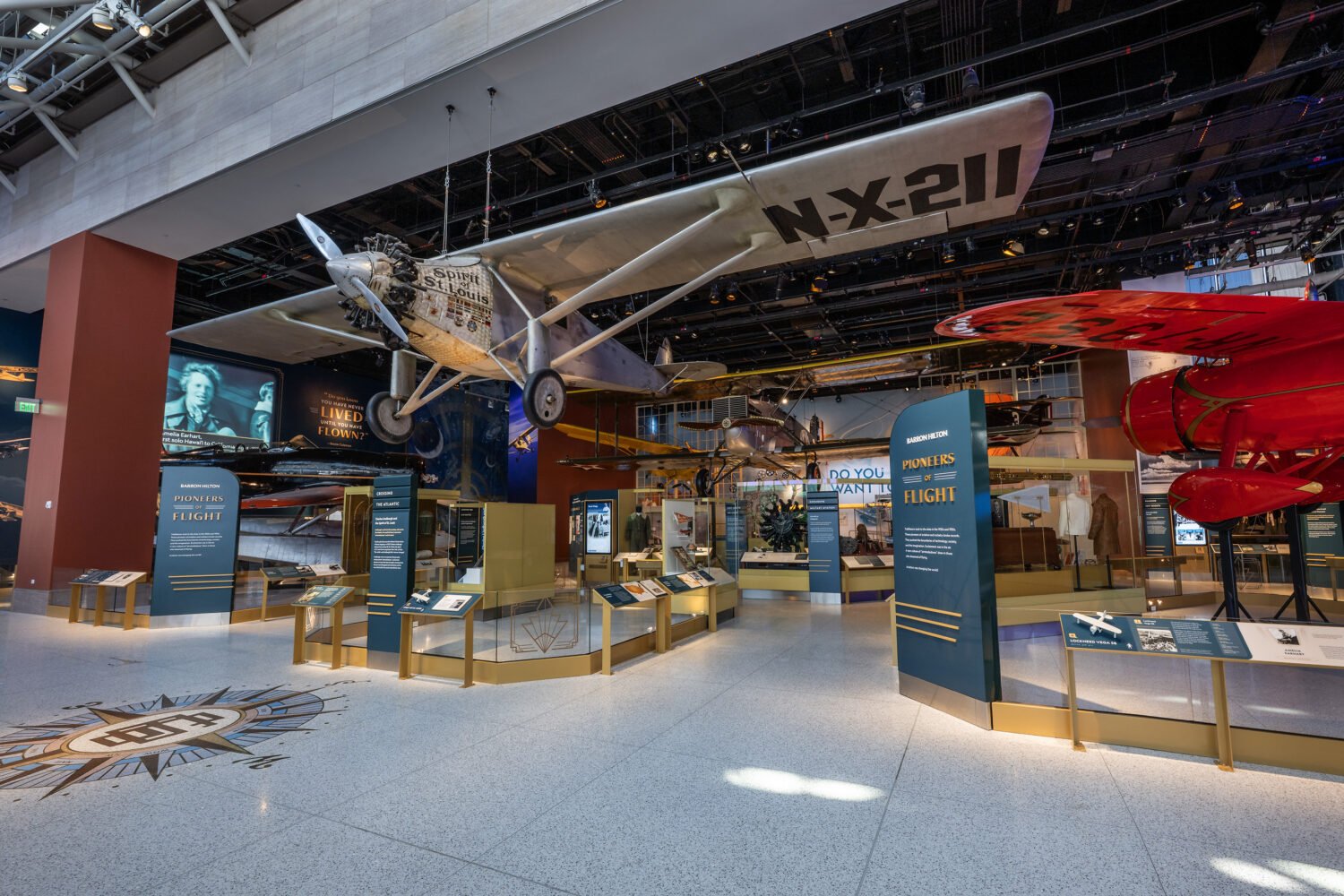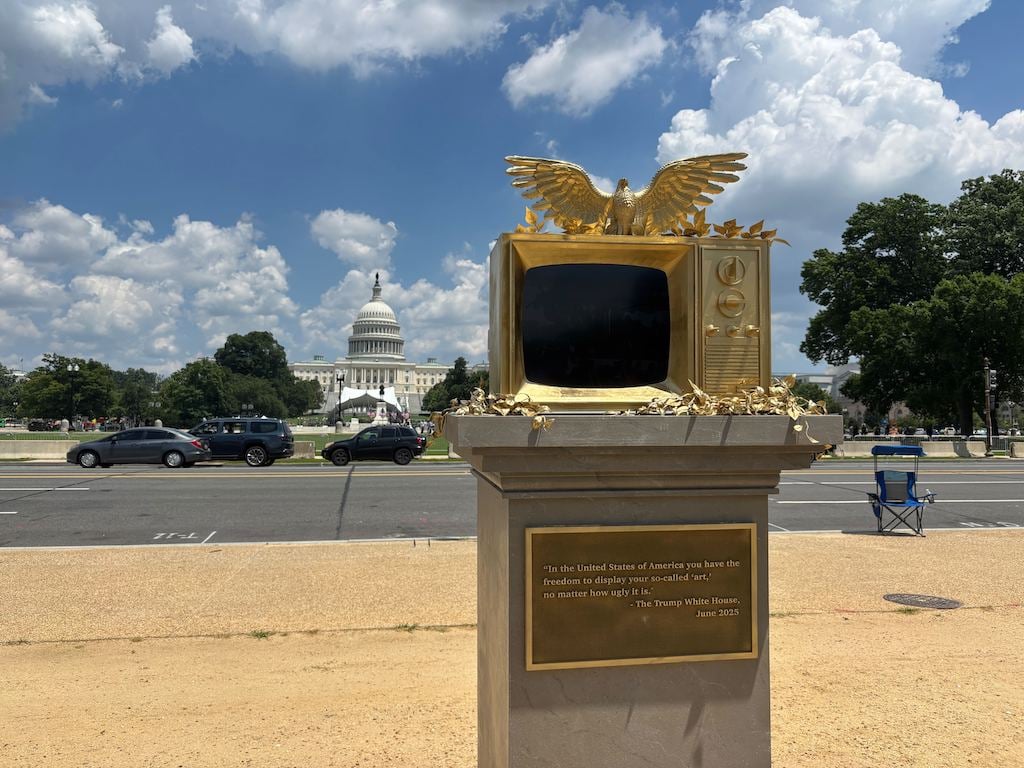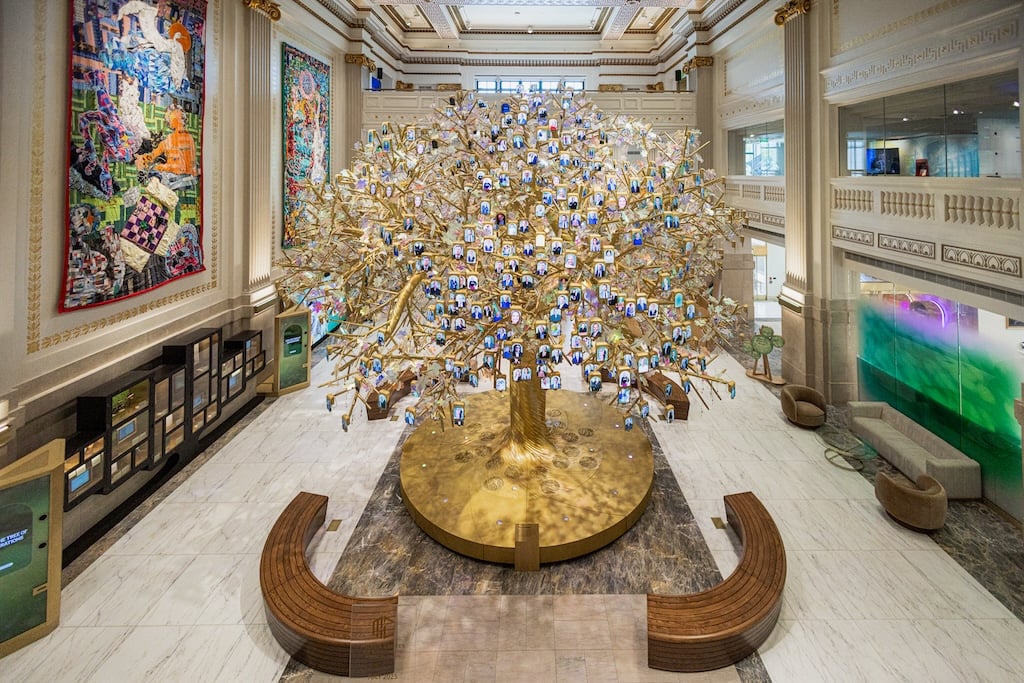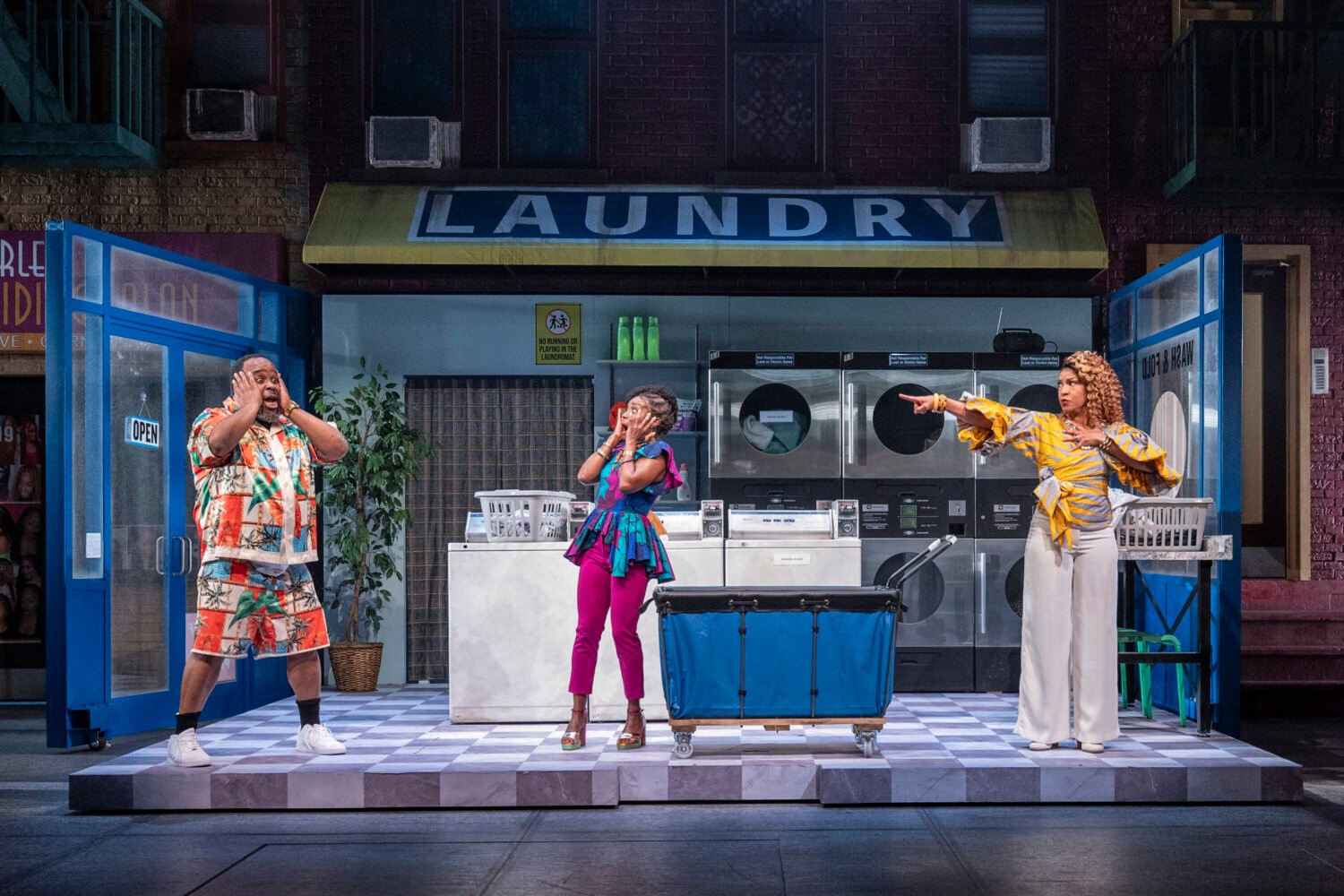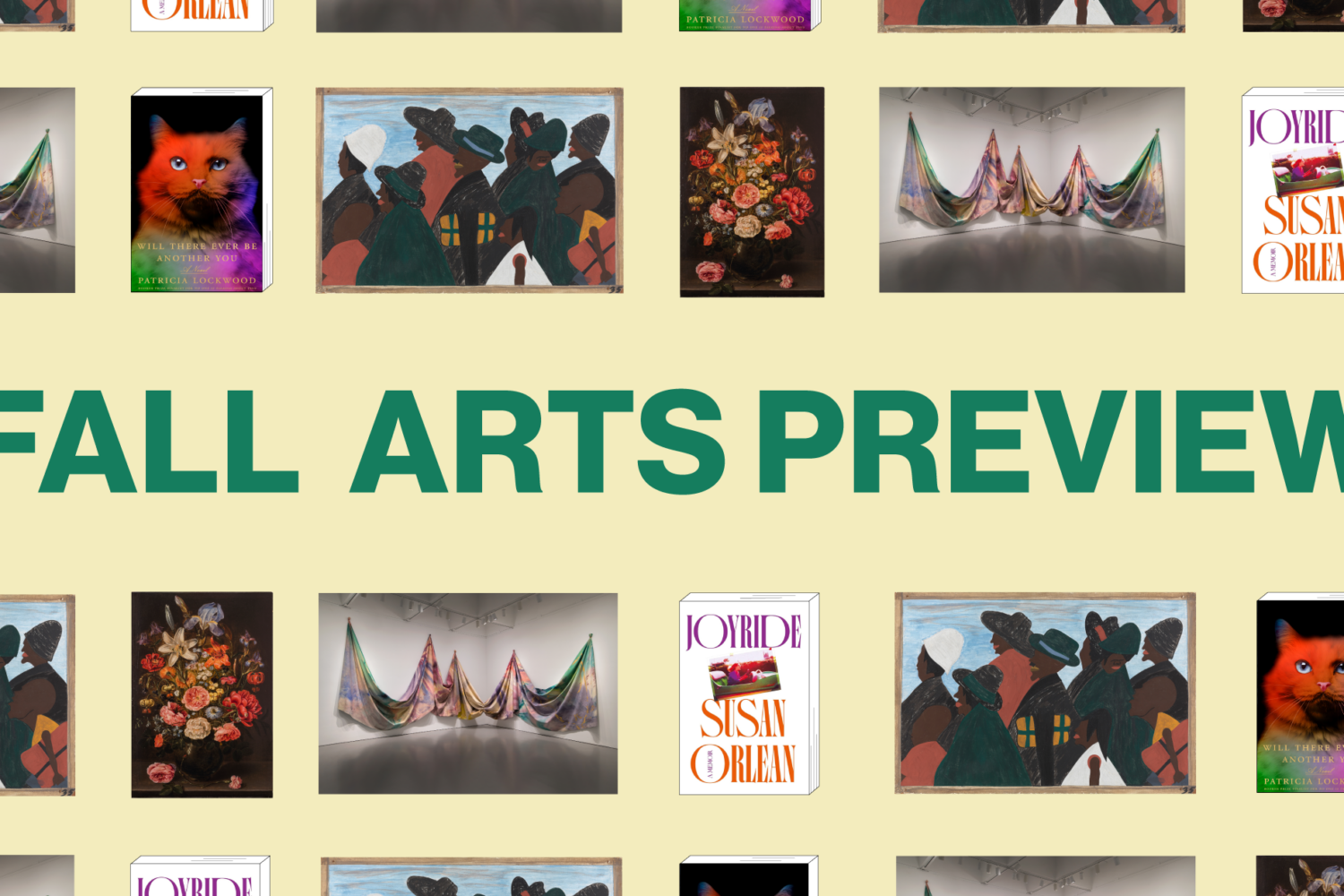The 2025 Smithsonian Folklife Festival runs from Wednesday, July 2 through Monday, July 7, and this year’s theme is “Youth and the Future of Culture,” featuring performances, installations, activities, and more created by young people. Programming takes place on the National Mall for six days from 11 AM to 5:30 PM, plus some extended hours for evening concerts.
“I’m excited about this coming together of generations,” says festival director Sabrina Lynn Motley. “It’s reciprocal: Elders are learning from the youth, just as older folks are teaching younger ones.”
Here are five things we’re looking forward to at this year’s festival.
Make your own music
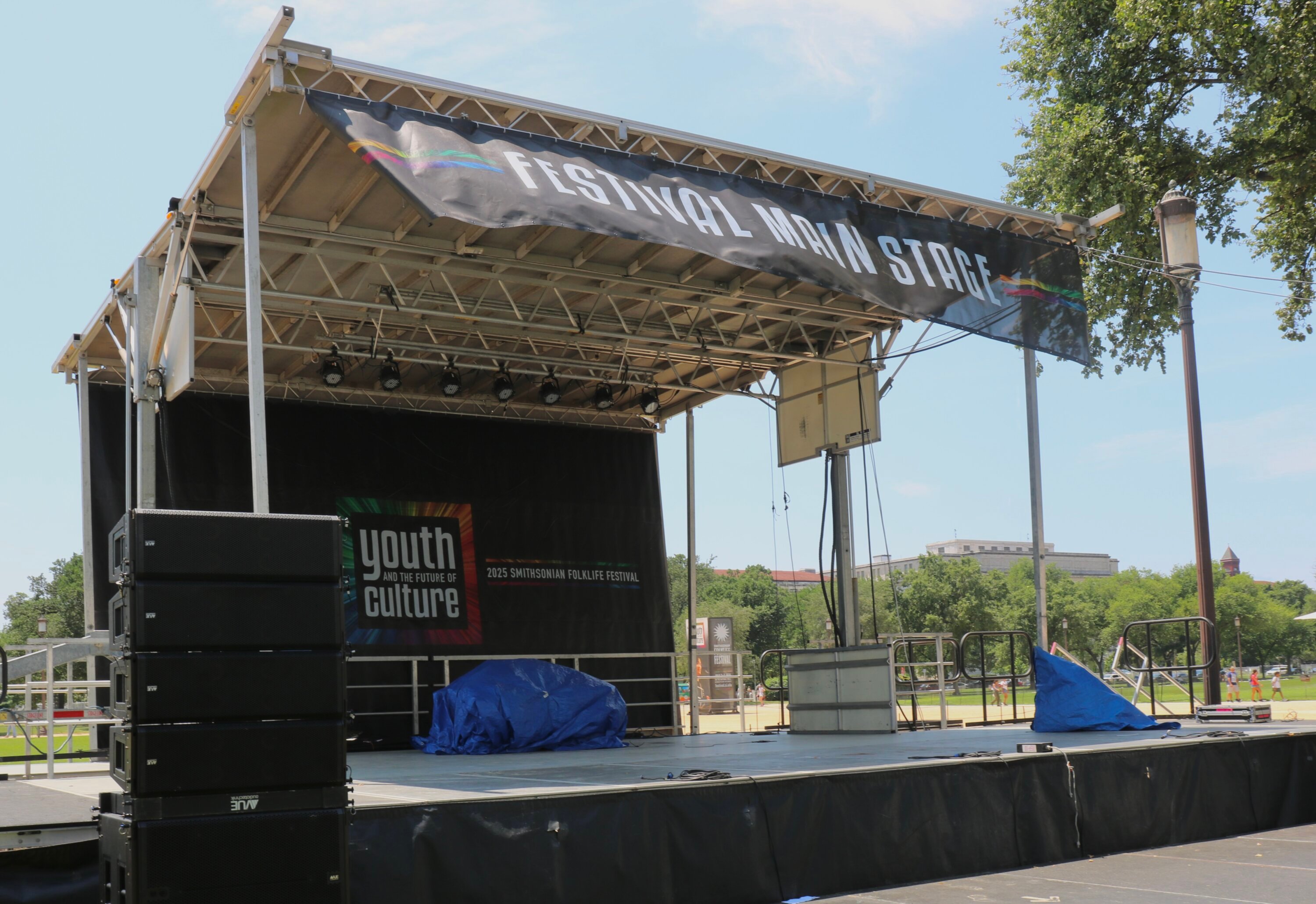
There’s no shortage of music and dance at the festival, from performances by local go-go and jazz artists to hula demonstrations by Hawaiian school Hālau I Ka Leo Ola O Nā Mamo. For those looking to add their own audio to the mix, you can make and record music in the festival’s New Sounds Lab, a small recording studio set up in a tent. Choose from a selection of instruments, then work with fellow artists and sound engineers to create a composition you can send to your phone or email.
Need additional inspiration? Organizers have set up a circle of stools between the music tents, intended to be space for attendees to casually jam and make music together. There aren’t any instruments, but you can bring your own or participate a cappella.
“My favorite part of the festival is always those unprompted, unscripted engagements between different groups, where they discover a new thing about a tradition that they didn’t know about,” says Cristina Díaz-Carrera, a music program curator for the festival.
Check out lowrider bikes and cars
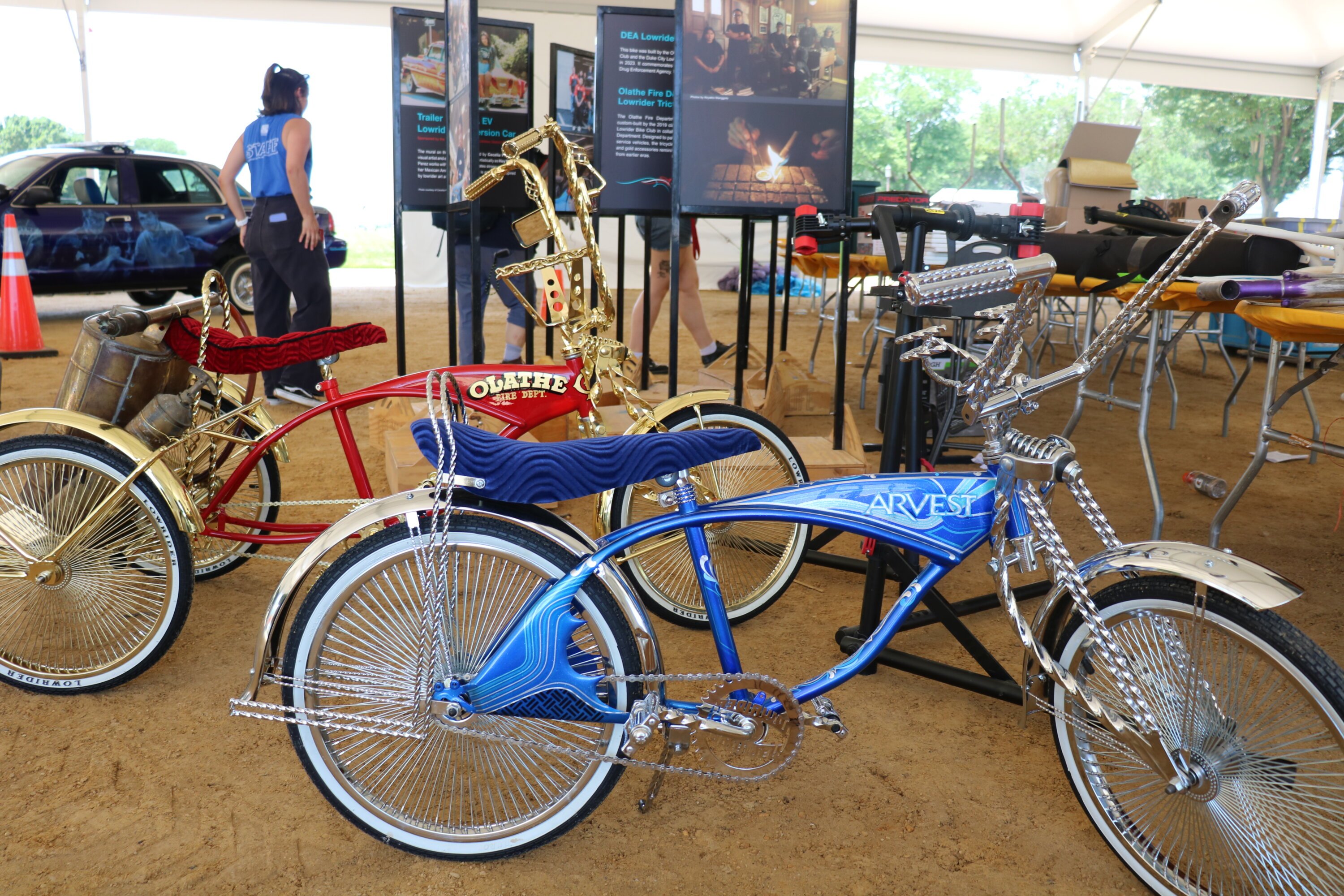
Lowriding originated in Mexican-American communities in Southern California, and you can learn all about the vehicles and culture while watching artists customize cars and bikes in the Streetwise tent. For Angelina Rios-Galindo, one of the festival’s lowriding interns, the festival is a chance to “reconcile tradition with the new culture,” bringing together lowriders from across generations. In addition to the cruising vehicles, the tent is also hosting skateboarding lessons and demonstrations.
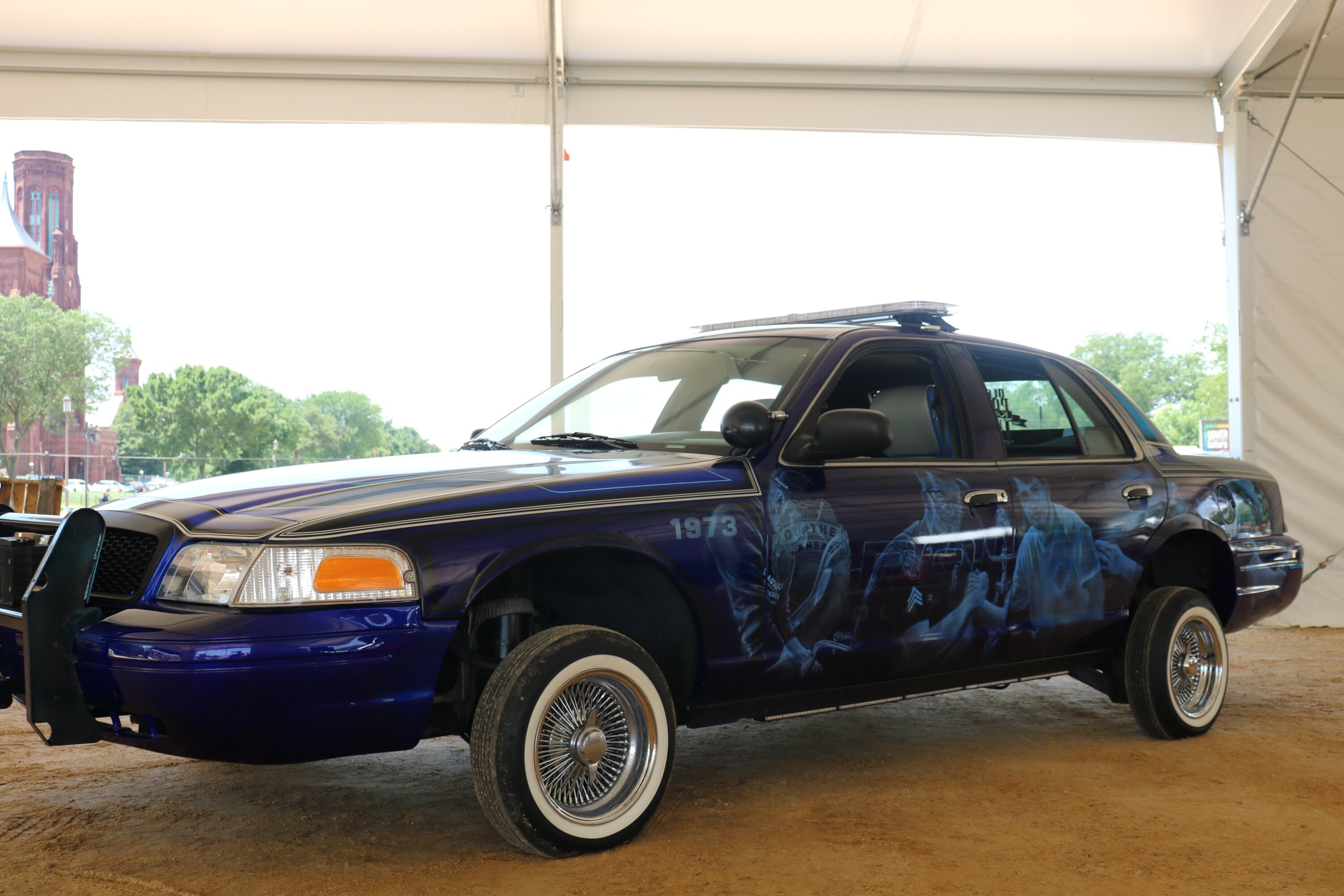
Try Indigenous recipes
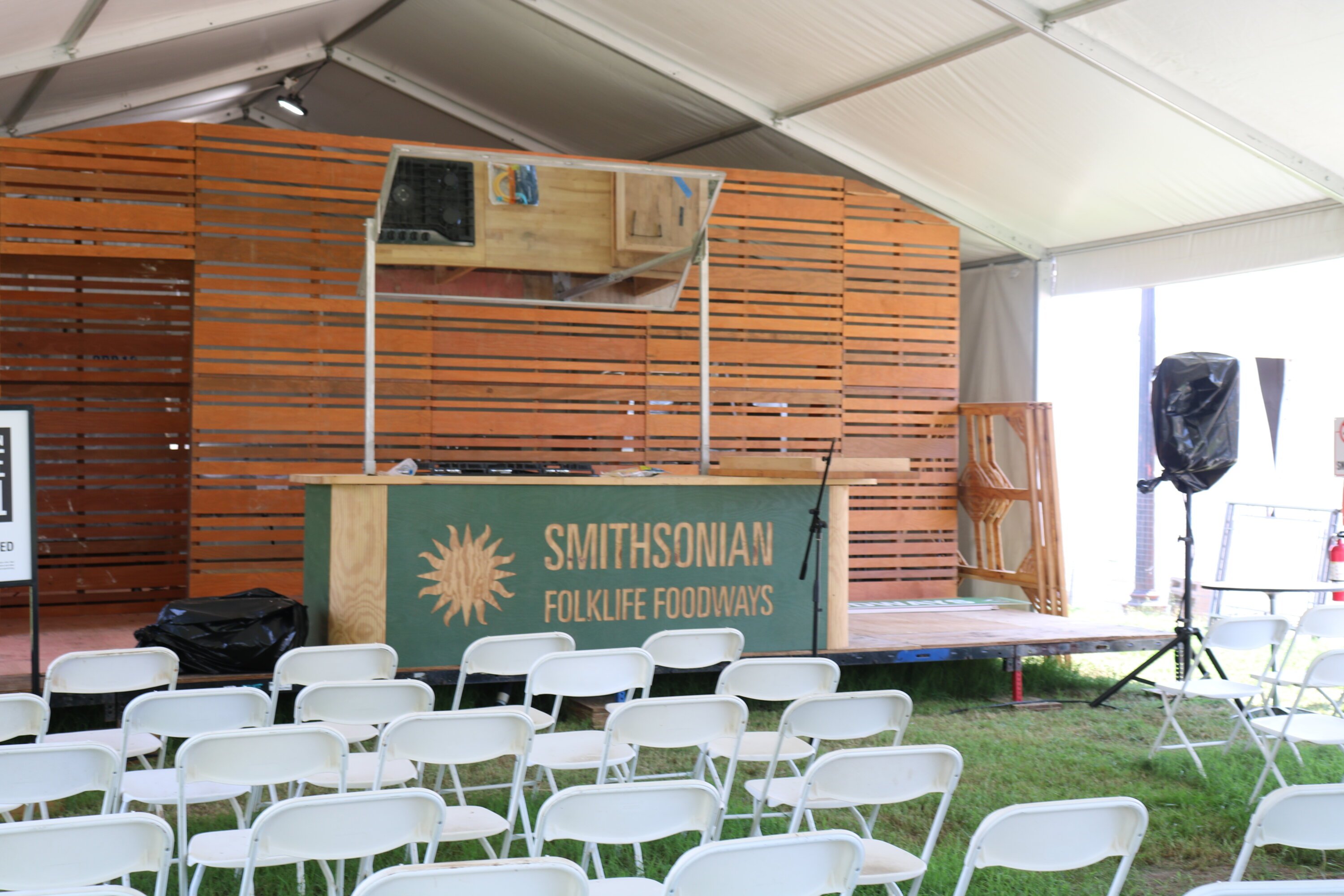
Head to the Foodways tent to collect recipe cards and watch cooking demonstrations that spotlight different Indigenous cultures. “I think what people will see is how young people are engaging in food culture as a way of storytelling and preservation of memory,” says Motley, the festival director. Learn how to make Spam musubi and kōʻelepālau, a Hawaiian sweet potato and coconut pudding, plus Kanien’kehá:ke dishes such as Three Sisters soup.
See craftsmanship in action
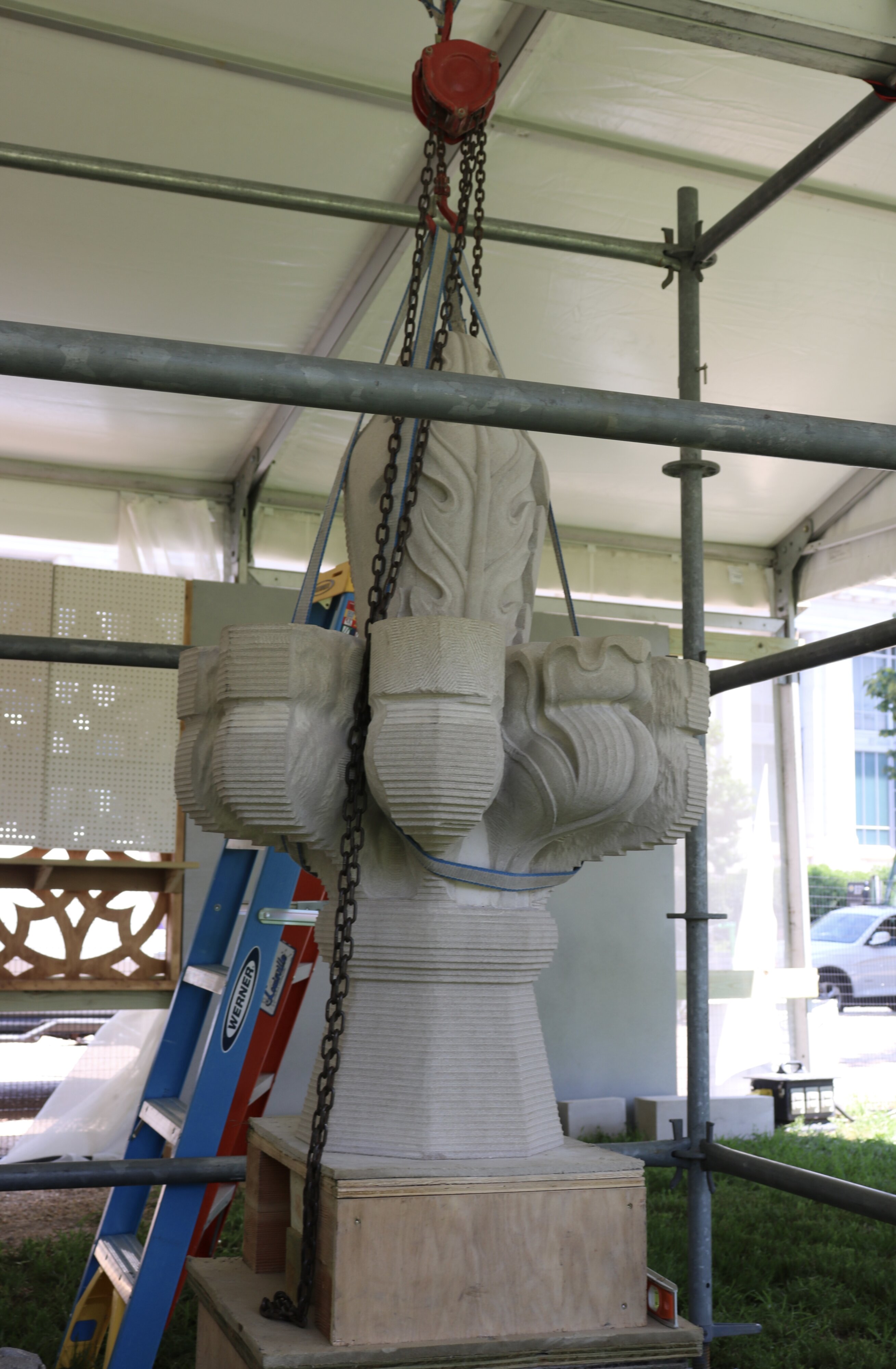
In the building trades section of the festival, visitors can watch stone masons carve, remake, and repair pieces of the National Cathedral that were damaged in a 2011 earthquake. One of the projects is working on a massive finial, a decorative piece for the top of the cathedral.
Nearby, see intricate plasterwork from the New Orleans Master Crafts Guild, stone carving and carpentry from South Carolina’s American College of the Building Arts, and instrument-making from the family-run Mexican American Luthiery.
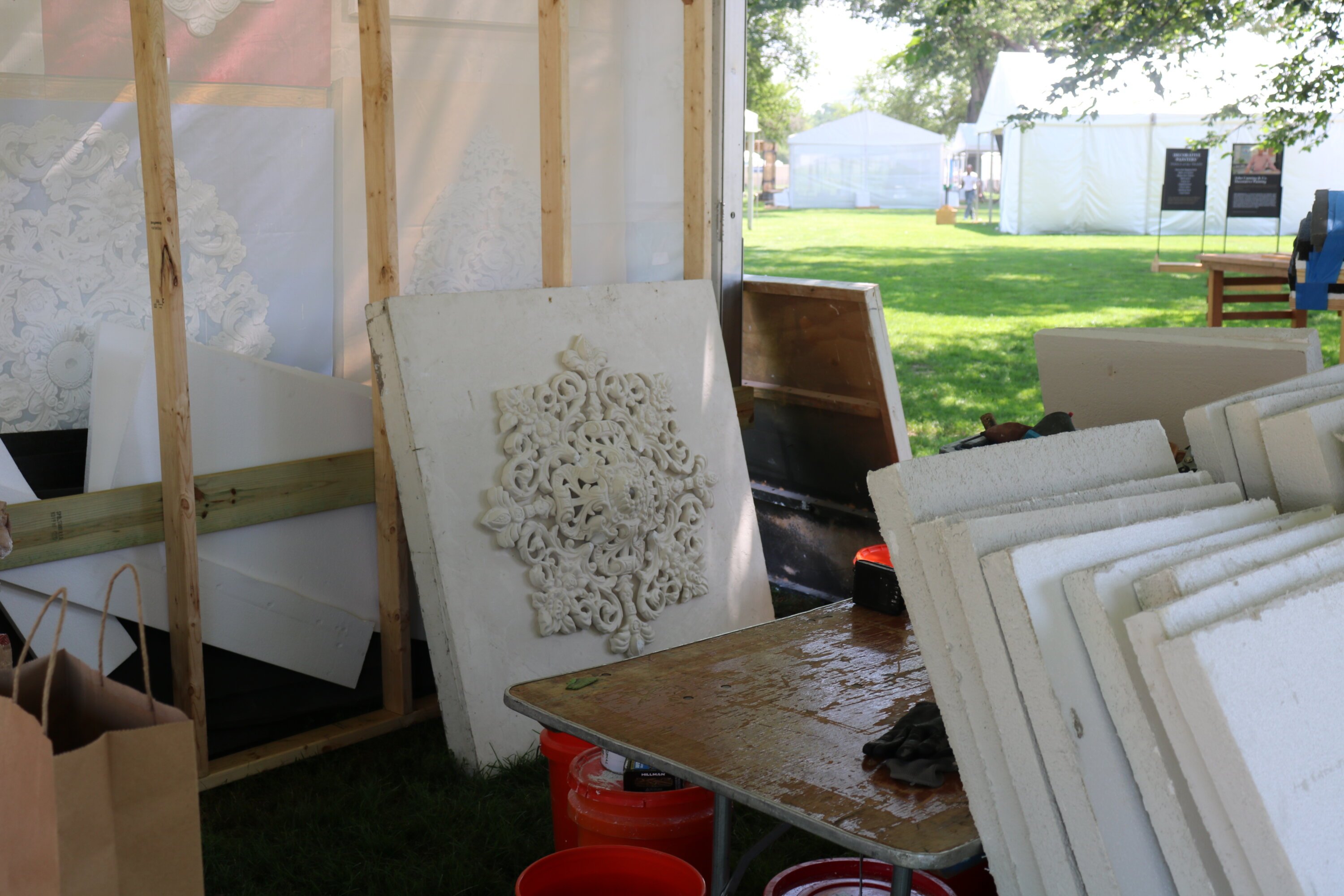
Learn about language
The Language Lodge is a space dedicated to Indigenous dialects where you can practice greetings in languages such as Alutiiq and Myaamia. While some programs are focused on a specific language, others hone in on concepts such as the evolution of vocabulary.
“In many cases, places where we think languages are dying are in fact being revived because of young people,” says Motley. “You’ll see how different communities are really working to ensure that their mother tongues are preserved and passed into the future.”
To see the full Folklife Festival schedule, click here.


